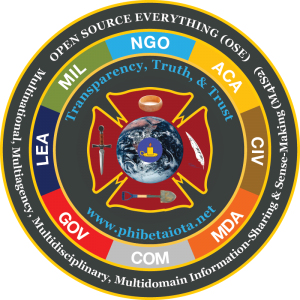
The Green 3D Printing Materials We’ve Been Waiting For
Eerth Techling
There’s no denying that 3D printing has moved beyond the laboratory and into the mainstream. We’ve seen 3D printed body parts, electronics, and toys. Although the technology has quickly become quite sophisticated, the materials used in 3D printers have been slow to catch up.
Though the idea of print-you-own has big green implications, there’s nothing earth-friendly about an uptick in plastic junk floating around the planet. That’s why we’re so excited about the work of Emerging Objects, a two-architect outfit that teaches 3D printing in Berkeley. Founders Ronald Rael and Virginia San Fratello are working to move the trend away from plastic and toward far more sustainable materials like wood, salt, and clay.
“Emerging Objects is interested in the creation of 3D printed buildings, building components and interior accessories that can be seen as sustainable, inexpensive, stronger, smarter, recyclable, customizable and perhaps even reparable to the environment,” write the architects. “We want to 3D print long-lasting performance-based designs for the built environment using raw materials that have strength, tactility, cultural associations, relevance and beauty.”






